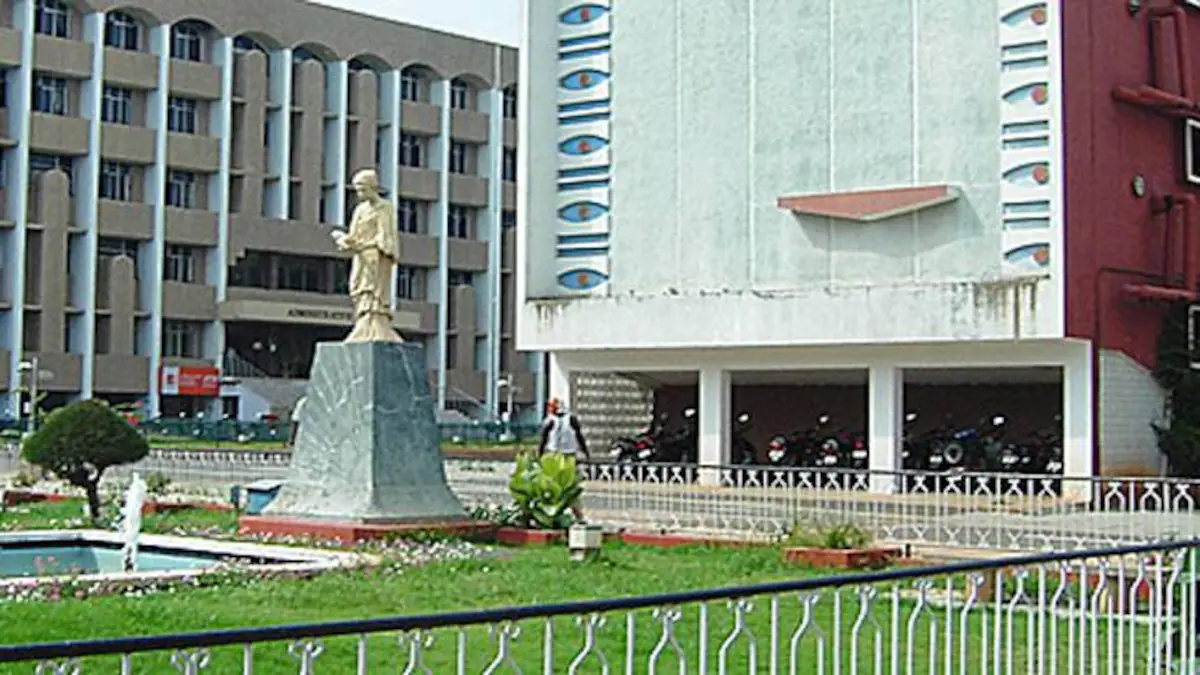Jawaharlal Institute of Postgraduate Medical Education & Research, Puducherry

- Read more about Jawaharlal Institute of Postgraduate Medical Education & Research, Puducherry
- Log in to post comments
- 87 views
Certainly, let's discuss Neuroimaging and Interventional Radiology.
Neuroimaging:
MRI (Magnetic Resonance Imaging):
CT (Computed Tomography):
Functional Neuroimaging:
Angiography:
Diffusion Imaging:
Spectroscopy:
Interventional Radiology:
Minimally Invasive Procedures:
Angiography:
Embolization:
Thrombectomy:
Ablation:
Stenting:
Vertebroplasty and Kyphoplasty:
Biopsy:
Pain Management Procedures:
Collaboration with Other Specialists:
Interventional Radiology plays a crucial role in providing minimally invasive alternatives for diagnosis and treatment, often avoiding the need for traditional open surgery. Both Neuroimaging and Interventional Radiology contribute significantly to the field of medicine by providing valuable diagnostic information and innovative treatment options. If you have specific questions or need more information on a particular aspect, feel free to ask.
DM - Neuroimaging & Interventional Radiology


AIIMS, Rishikesh is an institute which strives to provide excellent tertiary patient care, world class medical education and groundbreaking research. Institute aims to mentor students and train so that they represent institute globally as pioneers, to serve as effective deliverers of patient care in society.AIIMS, Rishikesh functions as a “Vishwavidyalaya”, which implies, “Learn from world and also teach world”. Eighty-four visiting professors from all over world reinforce this message.